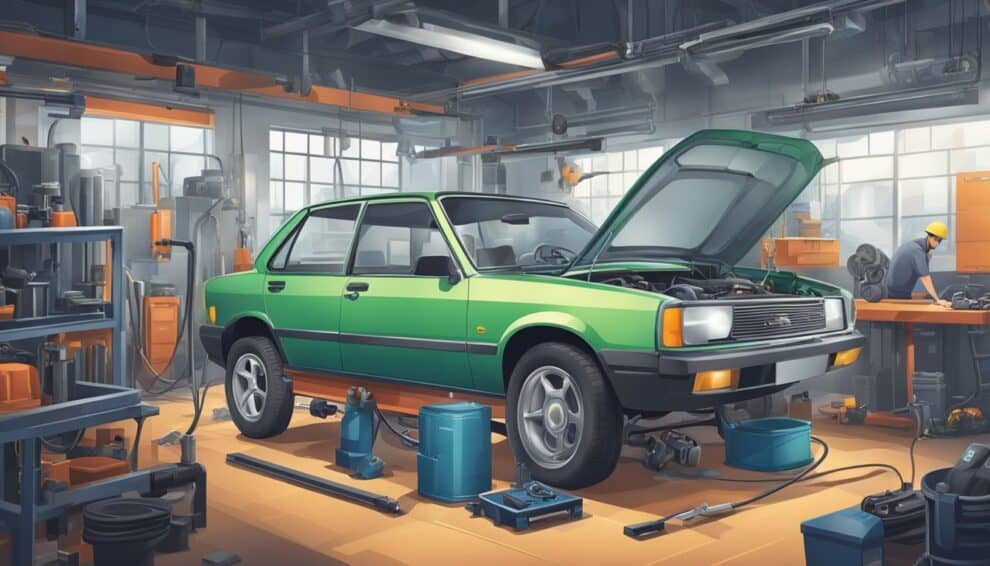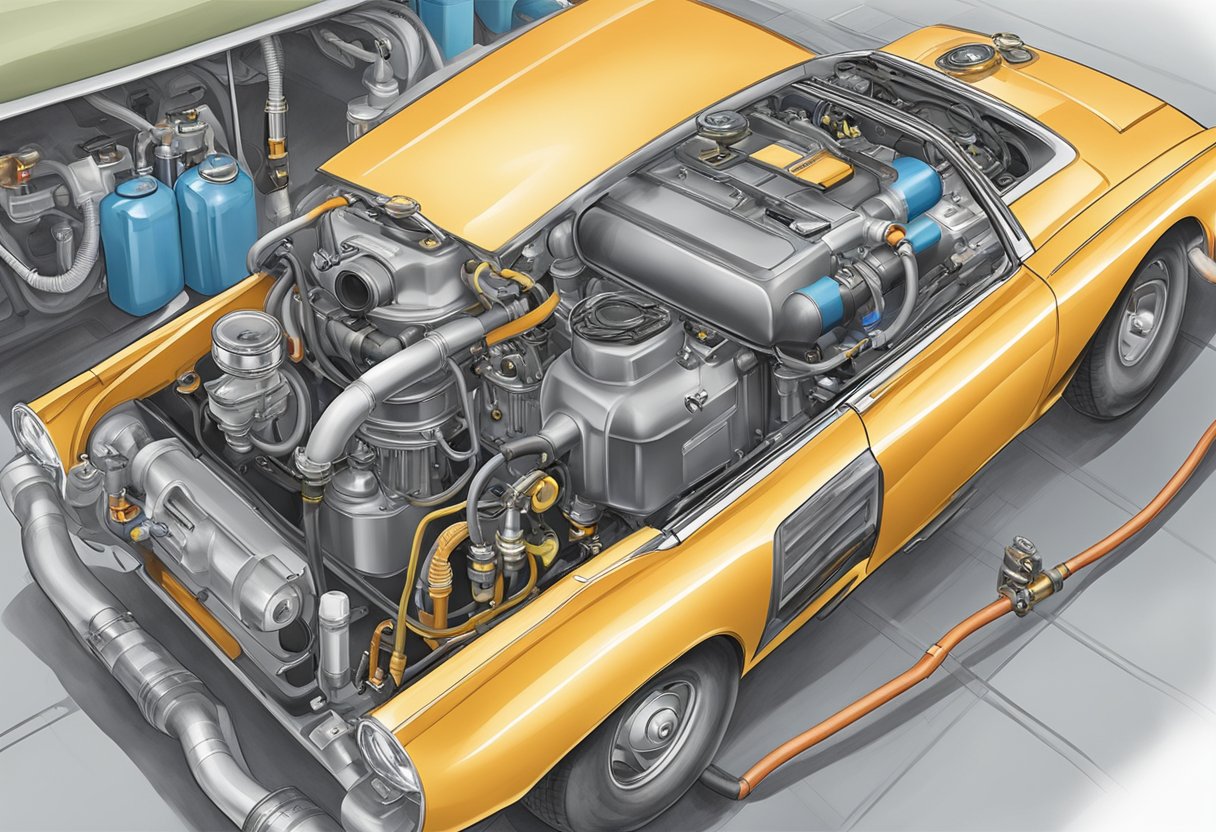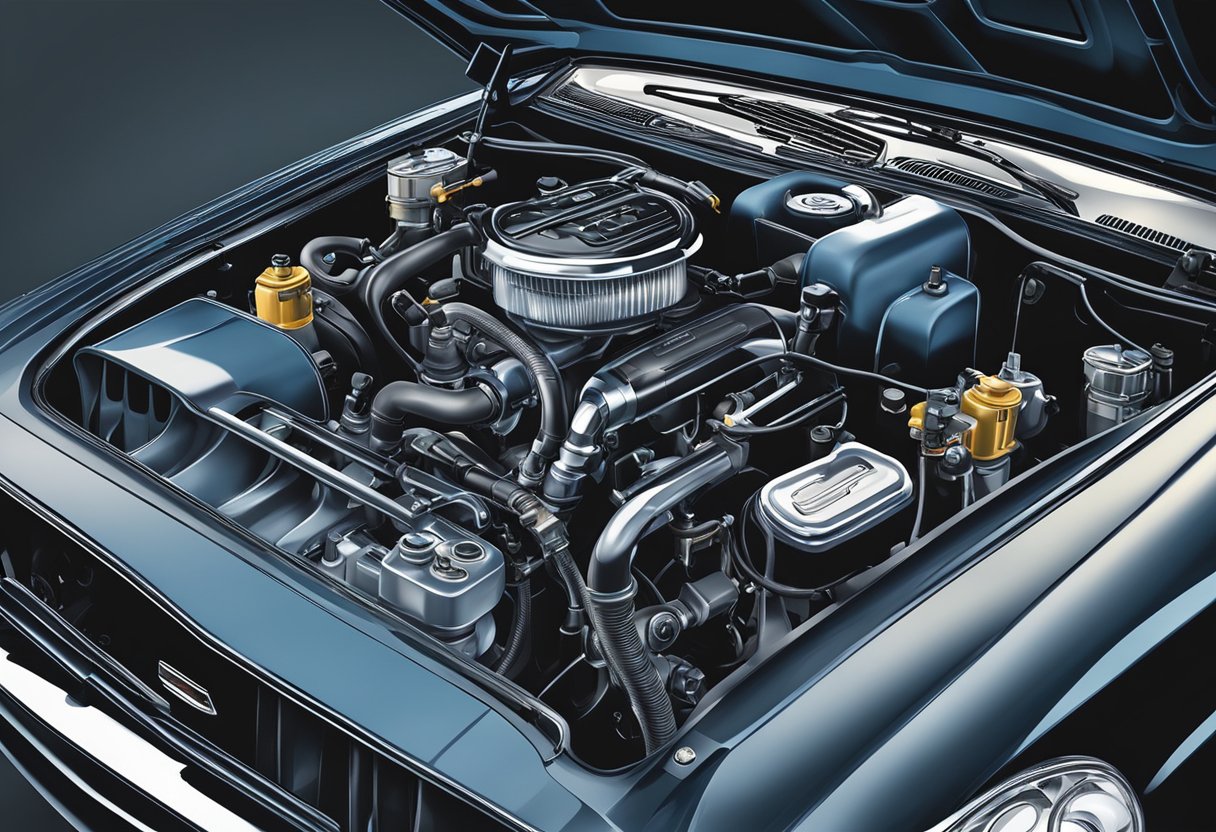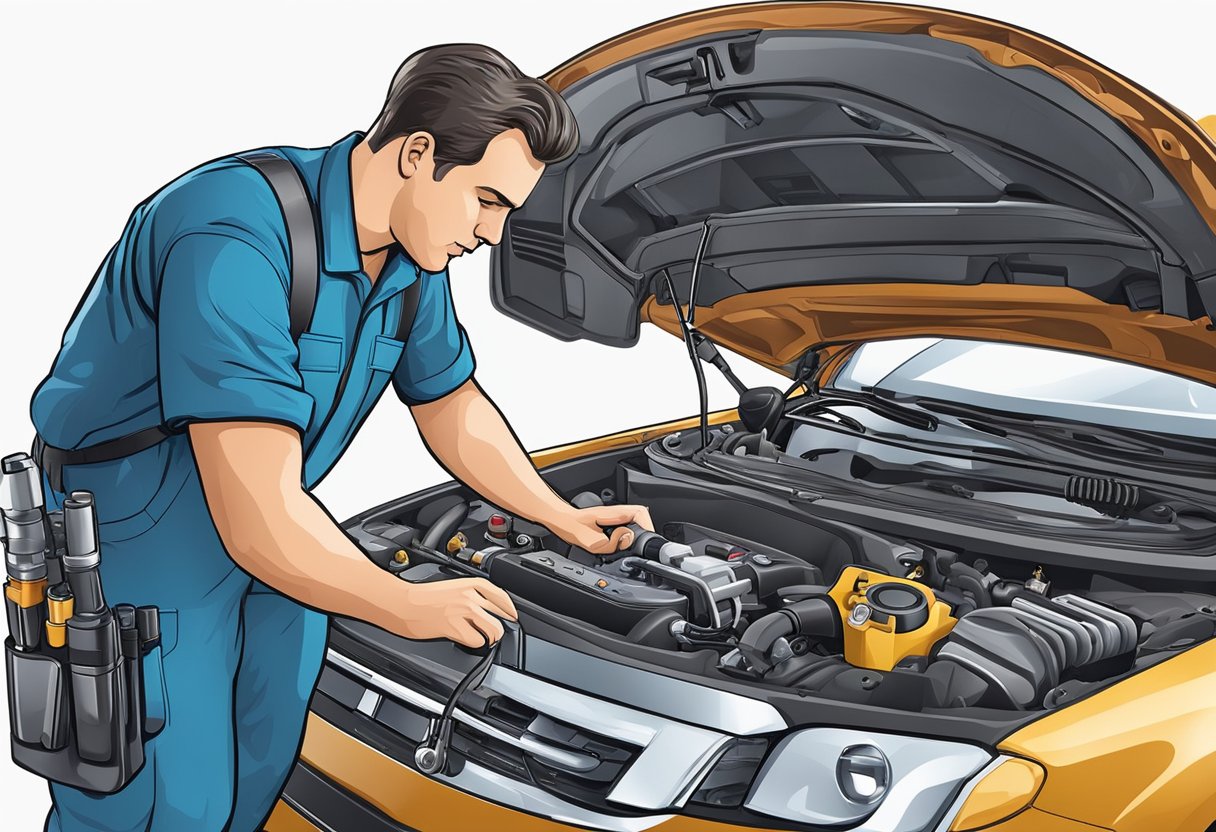If you’re a driver, you’ve likely heard the term “EVAP system” thrown around at some point.
But do you know what it actually does?
The EVAP system, short for Evaporative Emission Control System, is a crucial component in modern vehicles that helps to reduce harmful emissions.
In this article, we’ll cover the basics of the EVAP system and why it’s important for every driver to understand.
Essentially, the EVAP system is designed to prevent gasoline vapors from escaping into the atmosphere.
Gasoline is a volatile substance that can easily evaporate, and those vapors can contribute to air pollution.
The EVAP system captures those vapors and stores them in a canister until they can be safely burned off by the engine.
If the EVAP system isn’t functioning properly, it can lead to a host of problems, including decreased fuel efficiency, increased emissions, and even damage to other components of the vehicle.
Understanding the EVAP System
If you own a vehicle, it’s important to understand the basics of the EVAP system.
This system is responsible for controlling the emissions that come from your car’s fuel system.
By understanding how this system works, you can ensure that your vehicle is running efficiently and safely.
Purpose of the EVAP System
The purpose of the EVAP system is to prevent harmful emissions from being released into the atmosphere.
When gasoline is burned in your car’s engine, it creates fumes that can be harmful to the environment.
The EVAP system captures these fumes and stores them in a charcoal canister until they can be safely burned off in the engine.
Key Components
The key components of the EVAP system include the fuel tank, fuel lines, charcoal canister, purge valve, and pressure sensor.
The fuel tank is where gasoline is stored, and the fuel lines transport the gasoline to the engine.
The charcoal canister is where the fumes are stored, and the purge valve controls when the fumes are released into the engine.
The pressure sensor monitors the pressure in the system to ensure that it is functioning properly.
How It Works
When your car is running, the EVAP system is constantly working to capture and store the fumes that are created by the gasoline in your fuel tank.
These fumes are stored in the charcoal canister until they can be safely burned off in the engine.
When the engine is running, the purge valve opens and allows the fumes to be released into the engine, where they are burned off.
The pressure sensor monitors the pressure in the system to ensure that everything is functioning properly.
In summary, the EVAP system is an important component of your car’s emissions control system.
By understanding how it works and what its key components are, you can ensure that your vehicle is running efficiently and safely.
Common EVAP System Issues
If you are experiencing issues with your EVAP system, there are a few common problems that you should be aware of.
In this section, we will discuss some of the most common issues that drivers face with their EVAP systems.
Fuel Cap Problems
One of the most common issues with the EVAP system is a faulty fuel cap.
If your fuel cap is not properly tightened, it can cause a leak in the system and trigger the check engine light.
To avoid this, make sure that your fuel cap is tightened properly after every fill-up.
Leaks in the System
Leaks in the EVAP system can also cause the check engine light to come on.
These leaks can be caused by a variety of factors, including cracked or damaged hoses, loose connections, or a faulty canister.
If you suspect that you have a leak in your EVAP system, it is important to have it diagnosed and repaired as soon as possible.
Faulty Purge Valves
The purge valve is an important component of the EVAP system that helps to control the flow of fuel vapors from the canister to the engine.
If the purge valve is faulty, it can cause a variety of issues, including rough idling, stalling, and decreased fuel efficiency.
If you suspect that your purge valve is faulty, it is important to have it replaced as soon as possible.
Vent Control Valve Failures
The vent control valve is responsible for regulating the flow of air into and out of the EVAP system.
If the vent control valve fails, it can cause a variety of issues, including the check engine light coming on, decreased fuel efficiency, and rough idling.
If you suspect that your vent control valve is faulty, it is important to have it diagnosed and replaced as soon as possible.
By being aware of these common issues with the EVAP system, you can take steps to prevent them from occurring and ensure that your vehicle runs smoothly.
If you do experience any issues with your EVAP system, it is important to have them diagnosed and repaired by a qualified mechanic to ensure that your vehicle is safe and reliable.
Diagnosing EVAP System Problems
When it comes to diagnosing EVAP system problems, there are a few key things you need to be aware of.
In this section, we’ll take a look at some of the most important aspects of diagnosing issues with your EVAP system.
Trouble Codes and What They Mean
The first step in diagnosing any issue with your vehicle is to check for trouble codes.
Your car’s onboard computer is constantly monitoring various sensors and systems, and if it detects a problem, it will log a trouble code.
These codes can be read using a diagnostic tool, and they can give you a good idea of what’s going on with your EVAP system.
There are several different trouble codes that can be related to the EVAP system, including P0440, P0441, P0442, P0443, P0446, and P0455.
Each of these codes indicates a specific problem with the EVAP system, such as a leak, a malfunctioning valve, or a faulty sensor.
Diagnostic Tools and Techniques
Once you’ve identified a trouble code related to the EVAP system, the next step is to diagnose the problem.
This can be done using a variety of diagnostic tools and techniques.
One common tool used for diagnosing EVAP system problems is a smoke machine.
This machine pumps smoke into the EVAP system, allowing you to see where any leaks may be occurring.
Another useful tool is a multimeter, which can be used to test the electrical connections and sensors in the EVAP system.
In addition to these tools, there are also a number of diagnostic techniques that can be used to identify problems with the EVAP system.
For example, you may need to perform a visual inspection of the system to look for any obvious signs of damage or wear.
You may also need to perform a pressure test to check for leaks in the system.
By using the right tools and techniques, you can quickly and accurately diagnose any issues with your EVAP system.
This will allow you to make the necessary repairs and get back on the road with confidence.
Maintenance and Prevention
Regular Check-Ups
Regular check-ups are essential to ensure the proper functioning of the EVAP system.
It is recommended that you have your EVAP system inspected at least once a year or as per the manufacturer’s recommendations.
During the inspection, the technician will check for any leaks, damaged hoses, or worn-out components.
They will also check the fuel cap to ensure that it is sealing properly.
If you notice any signs of a malfunctioning EVAP system, such as the check engine light coming on or a strong odor of fuel, you should have your vehicle inspected immediately.
Delaying the repair can result in costly repairs in the future.
Replacing Worn Components
The EVAP system consists of several components, including hoses, valves, and the charcoal canister.
Over time, these components can wear out and fail, leading to leaks and malfunctions.
It is important to replace worn components as soon as possible to prevent further damage to the system.
When replacing components, it is important to use OEM (original equipment manufacturer) parts or high-quality aftermarket parts.
Using low-quality parts can result in poor performance and premature failure of the EVAP system.
In addition to regular check-ups and component replacement, there are a few other things you can do to prevent EVAP system issues.
These include:
- Tightening the fuel cap properly after refueling
- Avoiding overfilling the fuel tank
- Avoiding driving on rough terrain that can damage the EVAP system components
By following these maintenance and prevention tips, you can ensure the proper functioning of your EVAP system and avoid costly repairs in the future.
Legislation and Environmental Impact
Emission Standards
The Environmental Protection Agency (EPA) sets emission standards for vehicles to reduce harmful pollutants in the air.
The standards are based on the model year of the vehicle and the type of vehicle.
The EVAP system is an important component in meeting these standards.
It prevents fuel vapors from escaping into the atmosphere, which can contribute to air pollution.
EVAP System and Fuel Economy
The EVAP system can also impact the fuel economy of a vehicle.
When fuel vapors are released into the atmosphere, it not only pollutes the air but also wastes fuel.
The EVAP system ensures that fuel vapors are captured and stored in a charcoal canister, which can then be reused by the engine.
This helps to improve fuel efficiency and reduce emissions.
In recent years, there has been an increased focus on reducing the environmental impact of vehicles.
As a result, the EVAP system has become an essential component in meeting emission standards and improving fuel economy.
By understanding the basics of the EVAP system, you can ensure that your vehicle is operating efficiently and doing its part to protect the environment.
As an Amazon Associate we earn from qualifying purchases.















